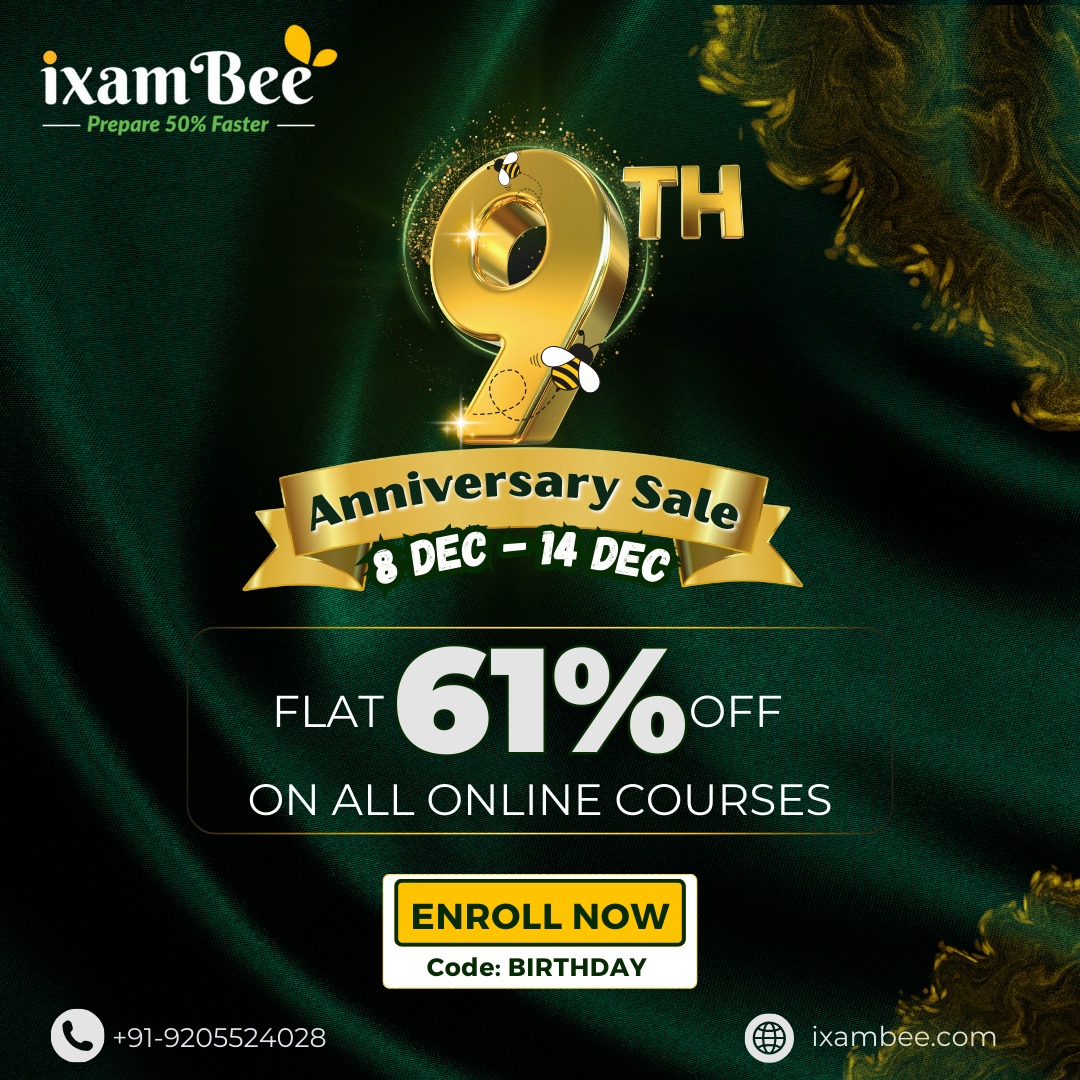Question
Which of the following statements is/are correct in this
context of ‘Payment Banks’? 1. Mobile telephone companies and supermarket chains that are owned and controlled by residents are eligible to be promoters of Payment Banks. 2. Payment Banks can issue both credit cards and debit cards. 3. Payment Banks cannot undertake lending activities. Select the correct answer using the code given below.Solution
The eligible promoters of Payment Banks are the existing non-bank Pre-paid Payment Instrument (PPI) issuers; and other entities such as individuals/professionals; Non-Banking Finance Companies (NBFCs), corporate Business Correspondents (BCs), mobile telephone companies, supermarket chains, companies, real sector cooperatives; that are owned and controlled by residents; and public sector entities may apply to set up payments banks. Some prominent examples of Payment Banks include Airtel Payments Bank, Paytm Payments Bank etc. Payment Banks can only issue ATM/ debit cards and they are not allowed to issue credit cards. Payment Banks can not undertake lending activities. This means they cannot deploy their funds in loans.
Under Cr.P.C if a women sentenced to death is found to be pregnant her death sentence may be commuted to imprisonment for life by the :
Which of the following statement is correct about Evidence Act ?
Which of the following is a tort of trespass to person?
Substitution of old contract with new one______?
The National Financial Reporting Authority shall consist of a chairperson, who shall be a person of eminence and having expertise in accountancy, auditi...
A enters into a partnership with B and C to undertake a contract of construction of a building and divide the profits equally among them. This is
In, “Neither accusation is true”, the word. “neither” is a: =
As per the General Insurance Business (Nationalisation) Act, 1972 the authorised capital of the General Insurance Corporation shall be rupees __________
The endorsement made on the document admitted in evidence shall be signed or initialed by
Who constitutes the national Legal Services Authority as per the provisions of the Legal Services Authorities Act, 1987?



